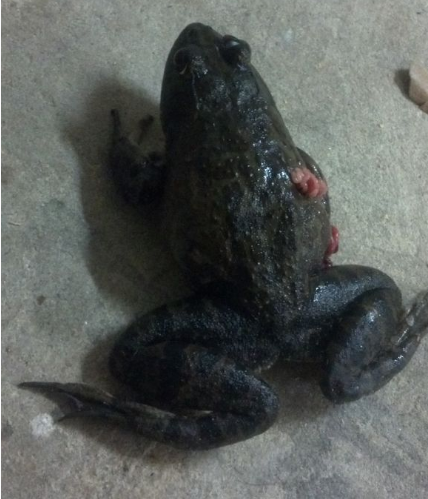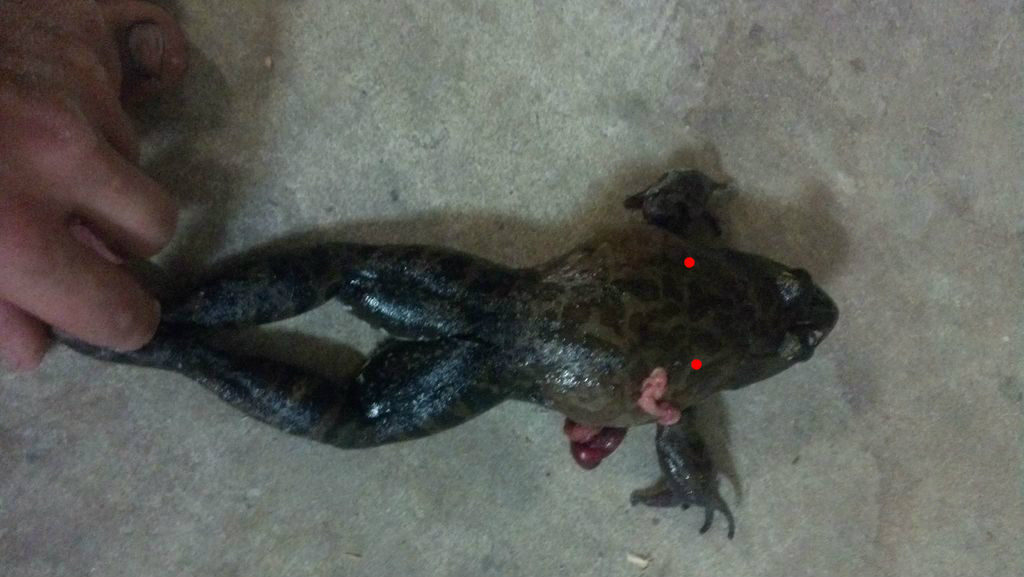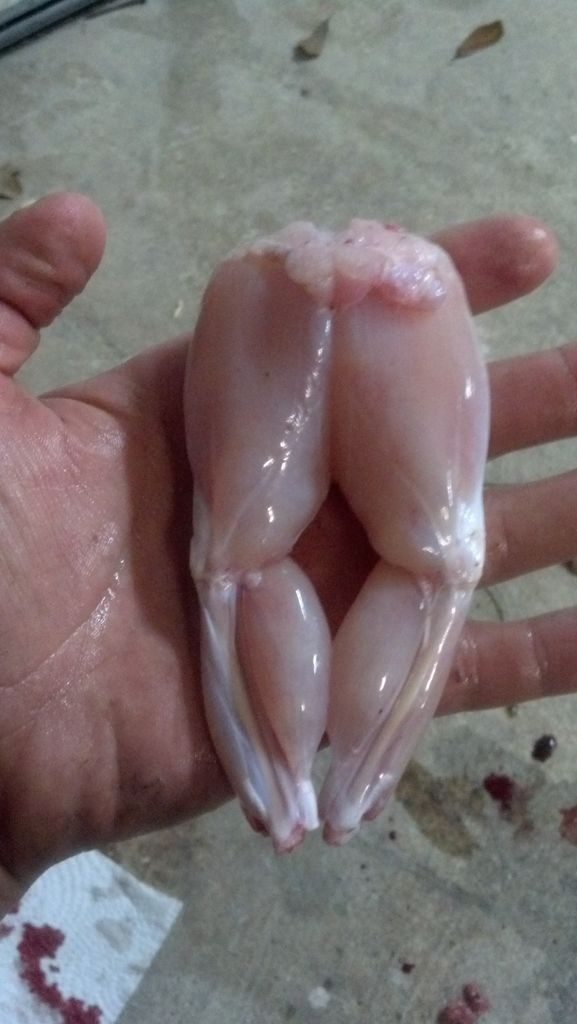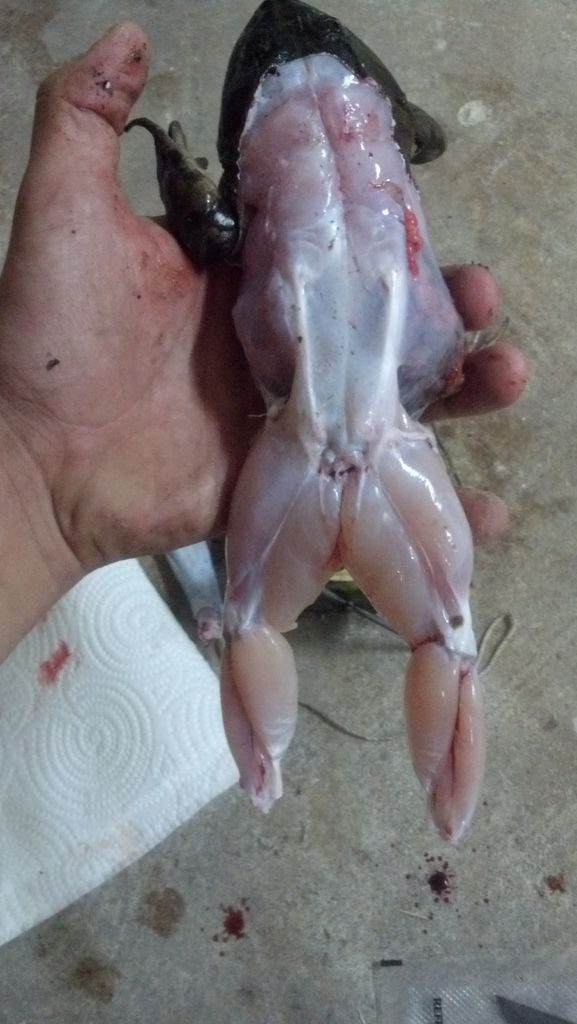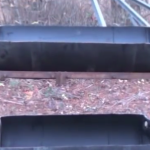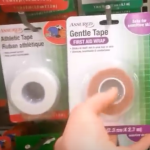How to Clean and Prepare a Frog for Your Next Meal
Frog meat is nutritious, easy to obtain in many places and doesn’t require a lot of preparation. It also doesn’t taste all that bad, and many people describe the flavor as loosely resembling a juicy piece of chicken. Let’s take a look at one technique that is pretty straightforward and will help you to maximize the amount of meat you can get from each frog.
Make Sure the Frog is Dead
Believe it or not, frogs are hard to kill, despite the fact that they are pretty easy to catch. They may also appear dead even though they are still alive and capable of jumping away if you’re not careful. The most humane way to ensure that the frog is dead is to whack it over the head with a blunt object after it is caught. Other people squash its body with their feet whereas another option is to drive a nail through the head and secure it to the cutting board. These may seem gruesome techniques, but they are all effective ways to make sure that the frog is ready to be prepared. Choose the one that is the easiest for you to stomach.
Preparing the Frog
The first step is to lay the frog face-down on a wooden surface or cutting board. You may want to consider using the aforementioned method of striking a nail through the top of the frog’s head in order to anchor it in place. Some people find that it is easier to prepare the frog without worrying about it slipping off of the surface due to its slimy skin. However, you don’t really need to do this unless you want to avoid having to manhandle the frog during the skinning process.
In any case, once the frog is placed on the board, the first step is to cut off it’s rear feet. Make the cut at the joint where the feet meet the lower legs. Some people prefer to keep the feet on, but there’s really not that much meat in this section, and skinning it will be a lot easier once they are removed. Use a good, sharp pair of shears.
The next step is to flip the frog over so it’s resting on its back. Take your shears, or a good knife, and cut a horizontal slit from one side of the lower abdomen to the other. Make the cut just above where the body tapers into the legs. The skin is loose but tough, so you want to cut and pull up at the same time. Try and avoid cutting too deeply because you don’t want to puncture the abdominal cavity and damage any internal organs. Flip the frog over again and continue cutting the skin until you’ve made a complete circle around the lower waist.
Next, pull the frog lengthwise by grabbing its legs and head until it elongates as much as possible. Hold the head firmly with your hand as the frog rests belly-side down on the cutting board. Take a pair of pliers and grab the edge of the skin that you just cut along the lower section of the frog. Center the pliers so that you get a good grip in the mid-section of the “tail” end of the frog skin. Next, pull downward in a firm, yet consistent motion while holding the frog secure with your other hand. The skin should come off of the lower abdomen and legs in one pull and in one piece.
All you need to do now is to take your shears or knife and cut off the exposed leg section from the waist. You can either separate the legs or cook them as a single piece after washing and seasoning the meat to your liking. Discard the top half of the frog if you don’t plan on using it for bait or other purposes. There’s hardly any meat on the top half of the frog, including the arms, that makes it worth keeping under most circumstances.
However, if you are in a survival situation and want the most meat possible, then consider cutting a horizontal slit from the anus to the neck and peeling back the skin in addition to following the method described above. Remove all of the internal organs, rinse the cavity and proceed to peel off the skin on the top portion of the frog as well. You can cut off the hands to make removal easier as well. This will allow you to skewer the entire frog over a fire. You will also have access to the meaty legs along with a few additional scraps found around the upper body of the frog as well.
In either case, try this approach to skinning and preparing a frog to get a feel for the process. You will quickly discover how fast and easy it is to take advantage of this abundant food source during a wilderness survival situation.


